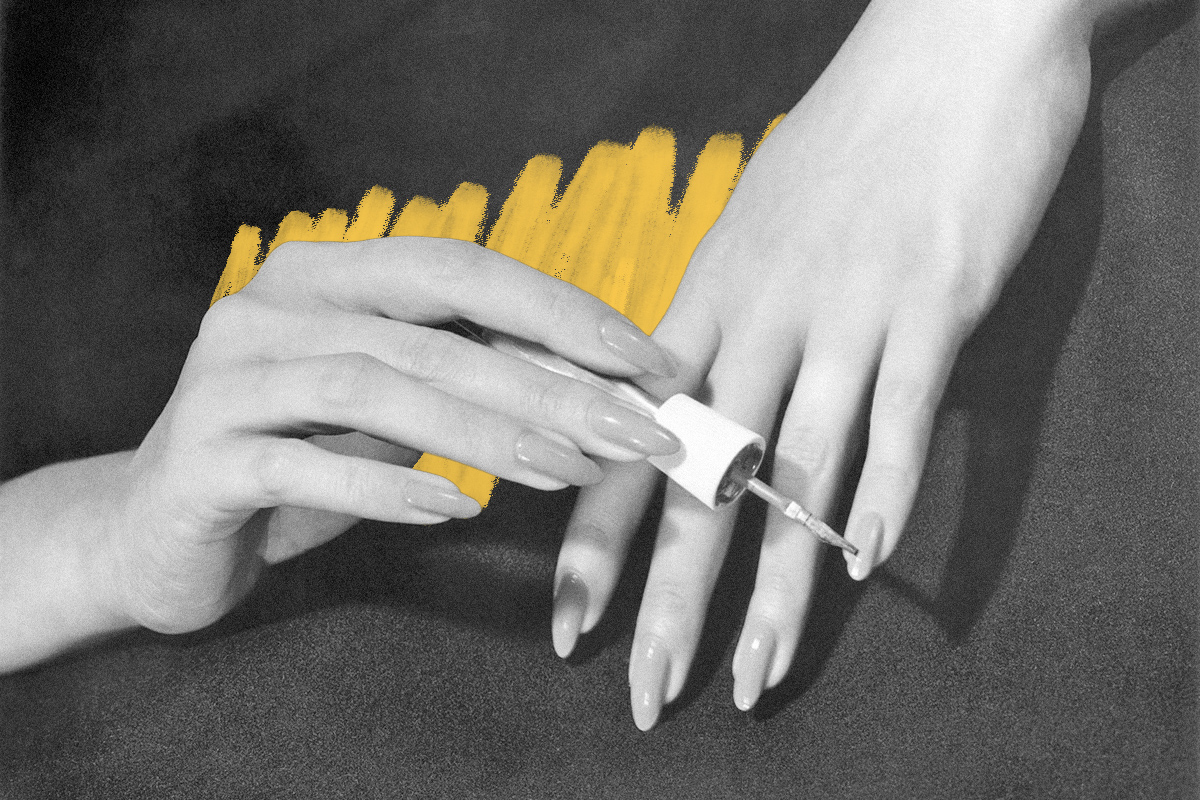People have been painting their nails for 5,000 years.
The modern manicure came along in the 19th century, but nail painting goes back so far, it’s hard to pinpoint its exact origin. In China, people were painting their nails with a small brush around 3000 BCE at least, and ancient peoples in North Africa and India dyed their nails with henna. In ancient Babylon, kohl — a dark-colored ink made from minerals that’s still used for cosmetic purposes today — was the nail coloring of choice for men.
We don’t have a wealth of information about the earliest Chinese manicures, but during the Zhou dynasty (1046 to 256 BCE), they mastered artificial nails. Metal nails were designed to be worn on fingertips, and like today’s acrylics, they could be enameled and decorated with jewels; sometimes they featured elaborate metalwork. One of the earliest formulas for nail polish also comes out of China: During the Ming dynasty (1368 to 1644 CE), people used a mixture of egg whites, gelatin, beeswax, vegetable dyes, and gum arabic to paint their nails.
There’s a long history of nail art in Asia, the Middle East, Africa, and South America, but in the United States and Europe, early nail aesthetics mostly focused on keeping them clean and trimmed in a pleasing shape. Added color didn’t show up until the late 19th century, and started with subtle rosy tints — although people who wanted to go further would pierce their nails and wear jewelry on them.







